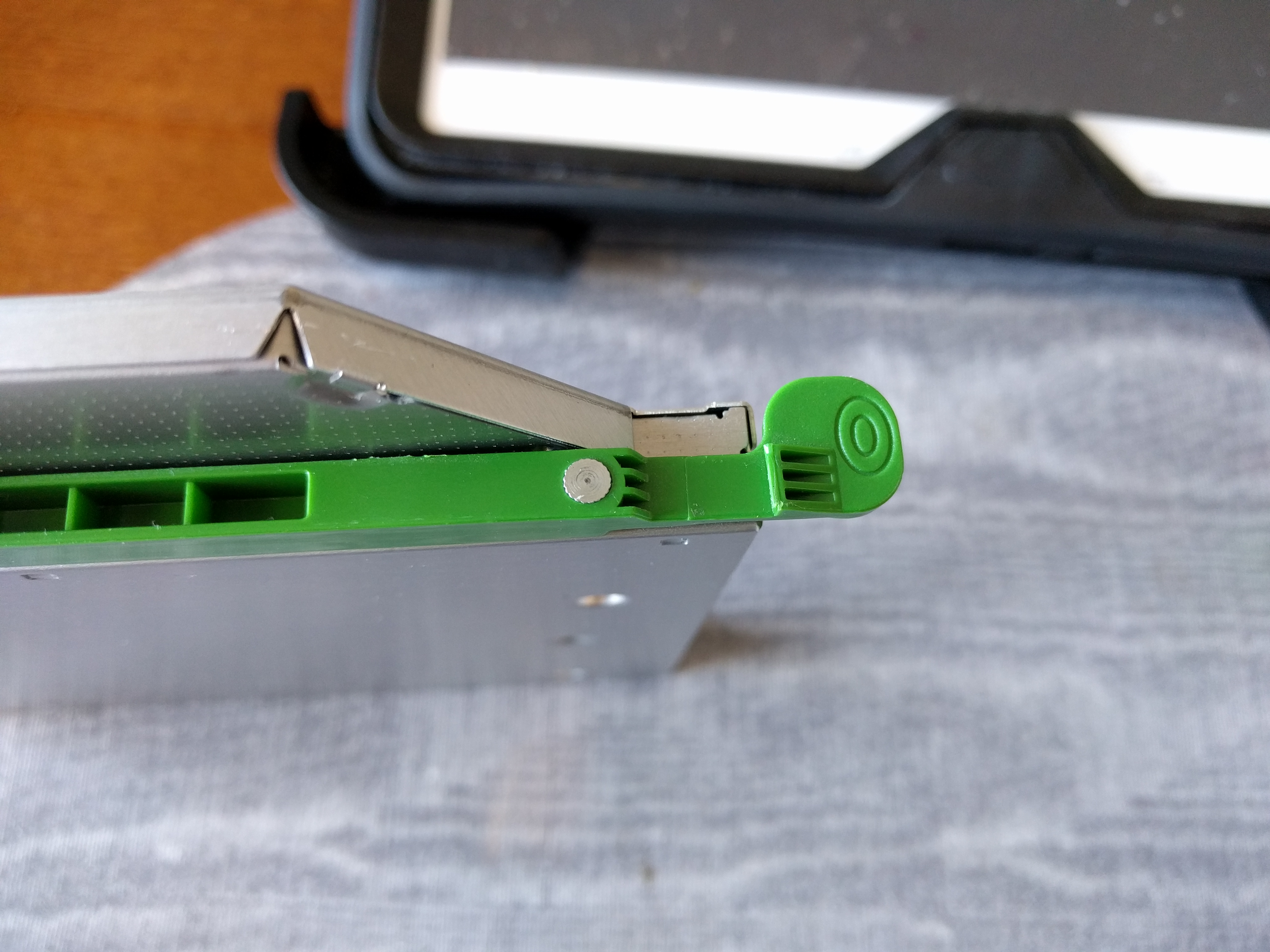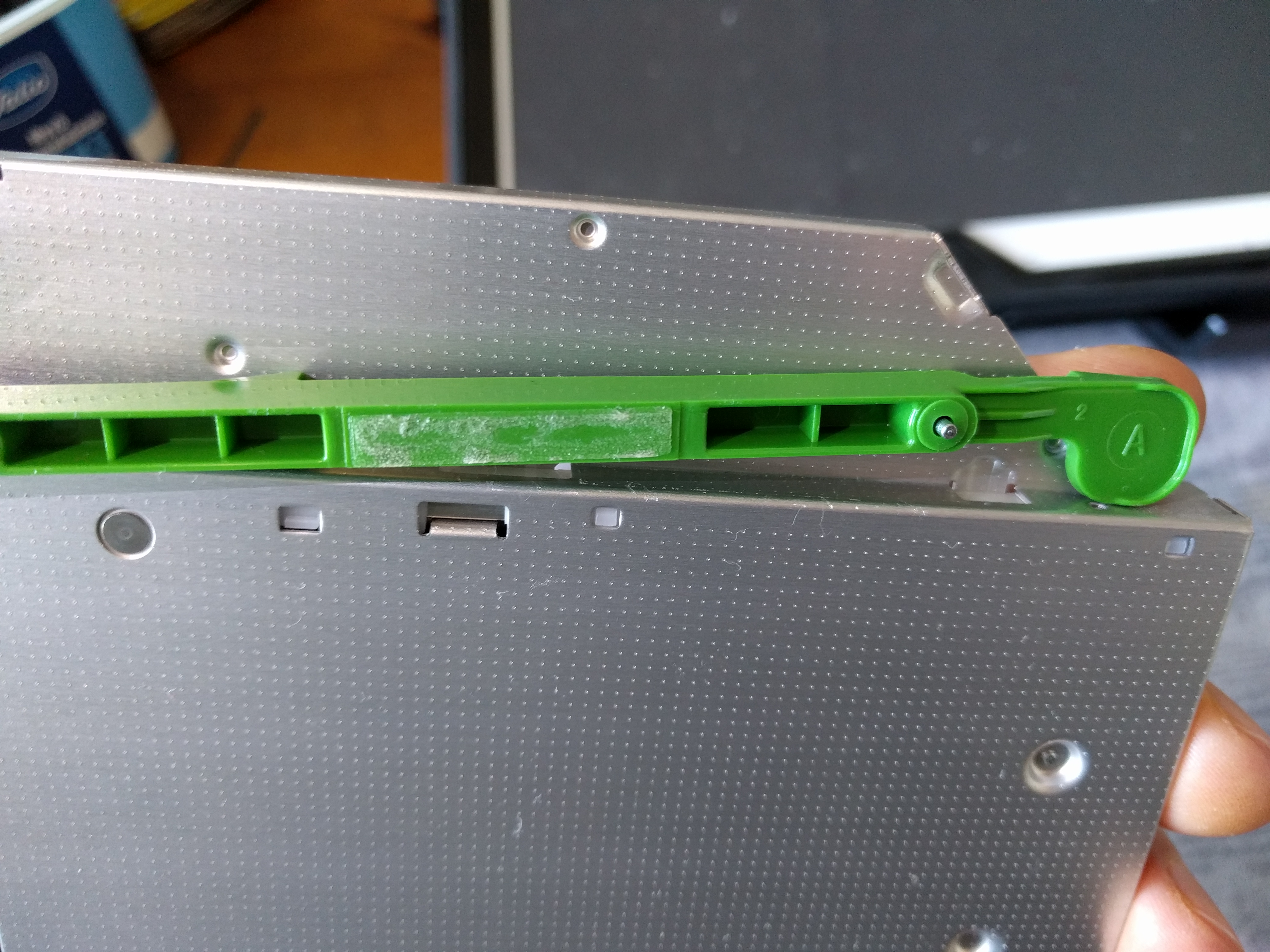Tässä on lähtötilanteena, että Kotiboksissa on jo OpenWrt 18.06.2, eli sen asennusohjeita joudut tarvittaessa etsimään muualta. Lisäksi oletuksena on, saatavilla on jo toinen reititin (alempana “gateway-reititin”) tarjoamassa langatonta yhteyttä lähiverkkoon (ja Internetiin). Tarvitset sen IP-osoitteen. Lisäksi tarvit tietokoneen (alempana “PC”), jossa on ssh-asiaksohjelma ja ethernet-liitin, sekä ethernet-kaapelin.
Teen tässä Kotiboksin neljännestä LAN-portista (WAN-portti) erillisen hallintaportin, jotta PC:n ja Kotiboksin IP-osoiteasetuksia ei tarvitsisi mulkata yhteyden säilymisen takia. Lisäetuna on, että sen jälkeen asetuksia on vähän vaikeampi saada niin solmuun, että niiden täysnollaus ja kokonaan alusta aloittaminen on tarpeen.
(Sovelsin tämän reseptin Karl Stenerudin Relayd Wireless Bridge in OpenWRT -ohjeista.)
Alkutoimet
- Palauta Kotiboksi (OpenWrt:n) tehdasasetuksille.
- Irrota PC muista verkoista (huom.: myös langattomista).
- Kytke ethernet-kaapeli Kotiboksin LAN1-portin ja PC:n välille.
- Avaa PC:n selaimella http://192.168.1.1/ ja kirjaudu pääkäyttäjänä (
root, salasana on tyhjä). System > Administration: aseta pääkäyttäjälle salasana.Save & ApplySystem > System: aseta aikavyöhyke ja valitseSync with browser.- Aseta mieluisa
Hostname. Save & Apply
Langattoman yhteyden luonti
Network > Wireless: SSID “OpenWRT”:EditAdvanced Settings: valitseCountry Code-valikosta FIWireless Security:Encryption: WPA2-PSK, syötä hyvä salausavainSave & ApplyNetwork > Wireless: SSID “OpenWRT”:Enable- Valitse radio0:n
Scan. - Kytkeydy gateway-reitittimen langattomaan verkkoon (
Join Network). - Syötä verkon salasana.
SubmitOperating frequency / Channel: autoMode: Client (huom.: pelkkä “client”, ei siis WDS Client)Save & ApplyNetwork > Diagnostics: varmista, että ping toimii.
Hallintaportin (etherwan) luonti
Network > Switch:Add- Ota VLAN 1:n
LAN 4-portti (joka onuntagged) pois päältä (off) ja luo uusi VLAN (nro 2) seuraavasti:
VLAN ID CPU (eth0) LAN 1 LAN 2 LAN 3 LAN 4 1 tagged untagged untagged untagged off 2 tagged off off off untagged Save & ApplyNetwork > Interfaces:Add new interface- nimeksi
etherwan Protocol: Static addressCover the following interface:Switch VLAN: "eth0.2"(eli edellä luotu VLAN 2)SubmitSetup DHCP serverIPv4 address: 192.168.100.1IPv4 netmask: 255.255.255.0Advanced Settings:Override MAC address: 00:11:22:33:44:56Save & Apply
Relayd:n (ja nettilediajurin) asennus
- Ota PC:n ssh-asiakasohjelmalla yhteys Kotiboksiin:
$ ssh root@192.168.1.1 # vi /etc/opkg/distfeeds.conf- Kommentoi pois
openwrt_telephony-rivi (viimeinen) (lisäämällä#sen edelle). Tallenna ja poistu. root@OpenWrt:~# opkg updateroot@OpenWrt:~# opkg install luci-proto-relay kmod-ledtrig-netdevroot@OpenWrt:~# exit
LAN-verkon osoitteenmuutos
- Irrota ethernet-kaapeli Kotiboksin LAN-portista ja odota että PC:n ethernet-portti hiljenee (unohtaa vanhan IP-osoitteensa).
- Kytke ethernet-kaapeli Kotiboksin WAN-porttiin (LAN4).
- Avaa PC:n selaimella http://192.168.100.1/ ja kirjaudu sivulle pääkäyttäjänä.
Network > Interfaces: valitse LAN muokattavaksi (Edit).- Vaihda
IPv4 address-arvoksi 192.168.2.1 - Aseta
IPv4 gateway-arvoksi gateway-reitittimen IP-osoite (useimmiten 192.168.1.1). - Valitse
Disable DHCP for this interface. Save & Apply
Siltaus
Network > Interfaces:Add new interface.- Anna liitännän nimeksi stabridge.
Protocol of the new interface: Relay bridgeSubmitLocal IPv4 address-arvoksi gateway-reitittimen osoite (sama kuin LAN-verkonIPv4 gateway-arvo) edellä).Relay between networks: lan ja wwanSave & Apply
Palomuurivyöhykkeiden päivitys
Network > Firewall: poista kaikki vyöhykkeet.Add- Anna vyöhykkeen nimeksi bridgezone.
- Aseta
Input,OutputjaForwardaccept-tilaan. Covered networks: lan ja wwanSave & Apply
Viimeistely
- Irrota ethernet-kaapeli Kotiboksin wan-portista ja odota että PC:n ethernet-portti hiljenee (unohtaa vanhan IP-osoitteensa).
- Kytke ethernet-kaapeli Kotiboksin LAN1-porttiin.
- Testaile PC:llä, että kaikki toimii niin kuin lopulta pitäisi.
- Sammuta Kotiboksi ja käynnistä se sitten uudestaan. Varmista, että kaikki toimii edelleen.
- Irrota ethernet-kaapeli Kotiboksin lan-portista ja odota että PC:n ethernet-portti hiljenee (unohtaa vanhan IP-osoitteensa).
- Jos PC:ssä on langaton verkko, yhdistä Kotiboksin langattomaan ja varmista, että kaikki toimii senkin kautta niin kuin pitää. Irrota PC lopuksi taas Kotiboksin langattomasta (ja muistakin verkoista).
- Kytke ethernet-kaapeli Kotiboksin wan-porttiin (LAN4).
- Avaa PC:n selaimella http://192.168.100.1/ ja kirjaudu sivulle pääkäyttäjänä.
System > LED Configuration: virittele LEDit mieluisiksi.

